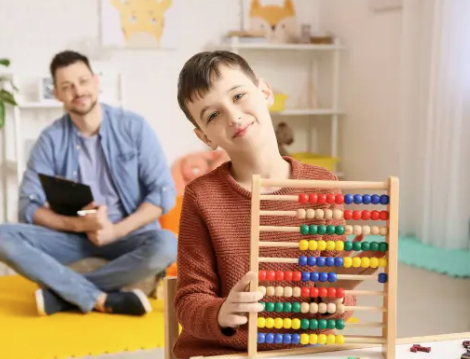The traditional one-size-fits-all approach to education is rapidly giving way to more customized methods that put the learner at the center of the experience. Personalized learning—an instructional model that tailors teaching to individual student needs, preferences, and pace—is emerging as a transformative force in classrooms around the world. By leveraging technology, data, and flexible pedagogy, personalized learning helps students take ownership of their education while allowing teachers to focus on targeted support.
What Is Personalized Learning?
Personalized learning is an educational approach designed to adapt content, learning paths, and teaching methods to fit each student’s unique strengths, challenges, interests, and goals. Instead of all students following the same curriculum at the same speed, personalized learning allows for more autonomy and differentiated instruction.
Core Elements of Personalized Learning
- Student-Centered Goals: Learning objectives are aligned with the student’s academic progress and aspirations.
- Flexible Pacing: Students progress through lessons at a pace that matches their understanding, not a predetermined schedule.
- Custom Content Paths: Instruction is adapted using digital tools and assessments to match individual skill levels and learning styles.
- Continuous Feedback: Real-time assessment tools and teacher feedback help students understand their strengths and areas for growth.
- Collaboration and Autonomy: Students often have choices in how they demonstrate learning, promoting independence and engagement.
Benefits of Personalized Learning
- Improved Engagement: Students are more motivated when learning connects with their interests and needs.
- Higher Achievement: Tailored instruction can close learning gaps and accelerate growth.
- Empowered Learners: Students develop metacognitive skills and take responsibility for their education.
- Efficient Use of Resources: Technology helps educators efficiently assess and address diverse learning needs.
Technologies Supporting Personalized Learning
- Adaptive Learning Software: Tools like DreamBox, i-Ready, and Khan Academy adjust lesson difficulty in real time.
- Learning Management Systems (LMS): Platforms such as Canvas, Google Classroom, and Schoology facilitate custom lesson delivery and progress monitoring.
- Data Analytics: Dashboards help teachers analyze student performance and plan next steps accordingly.
- Digital Portfolios: Students can curate their work and reflect on learning progress.
Challenges to Implementation
- Equity in Access: Personalized learning requires reliable internet access and digital devices.
- Teacher Training: Educators need support to design and manage personalized instruction effectively.
- Curriculum Alignment: Schools must balance personalized paths with meeting grade-level standards.
- Time Constraints: Building custom plans can be time-consuming without adequate tools or staffing.
Looking Ahead
As personalized learning becomes more accessible through technology, it is poised to reshape how we define classroom success. Schools that embrace this model often report improved academic outcomes, greater student satisfaction, and a stronger connection between teaching and learning.
Conclusion
Personalized learning is more than a trend—it’s a powerful shift toward a more responsive and inclusive educational system. By meeting students where they are and guiding them forward on individualized paths, personalized learning prepares learners not just for exams, but for lifelong success. As schools continue to innovate, this approach is helping redefine what it means to educate in the 21st century.














